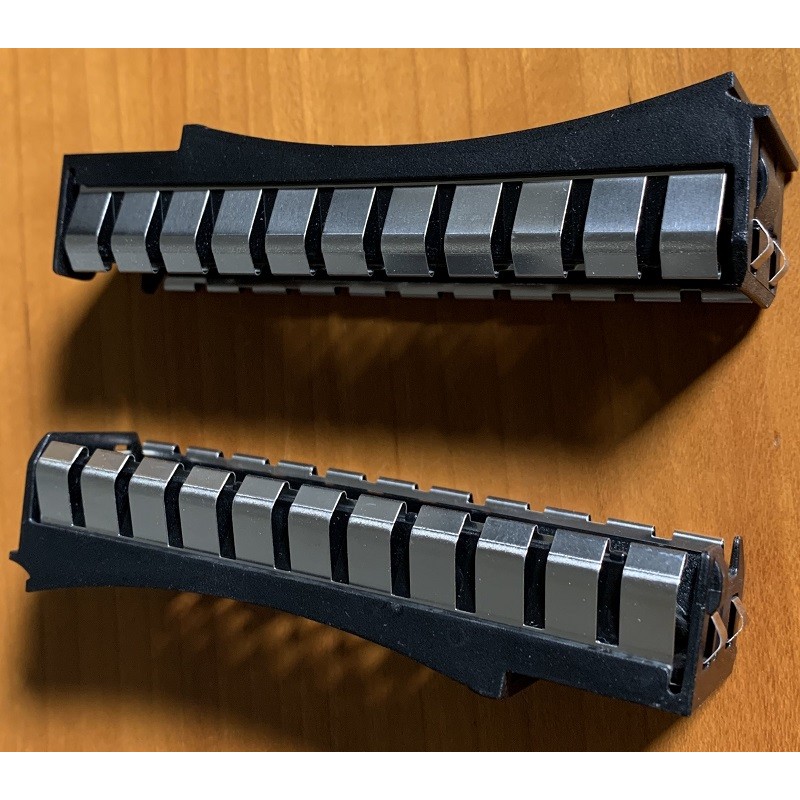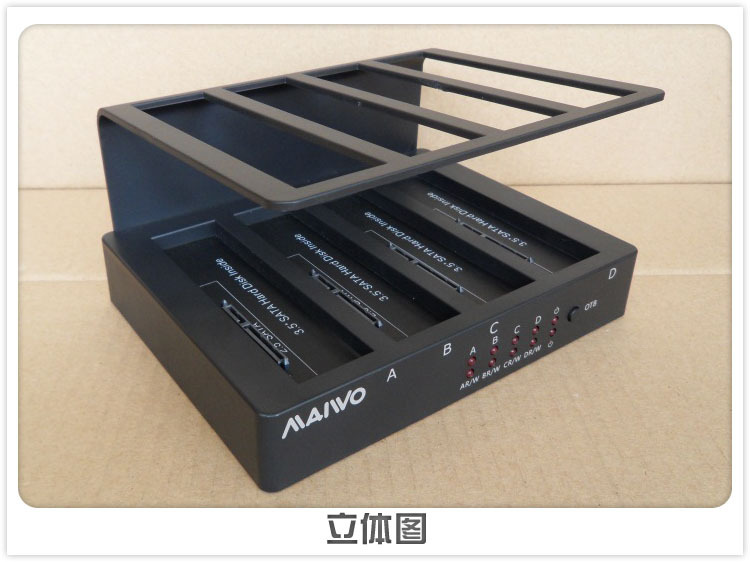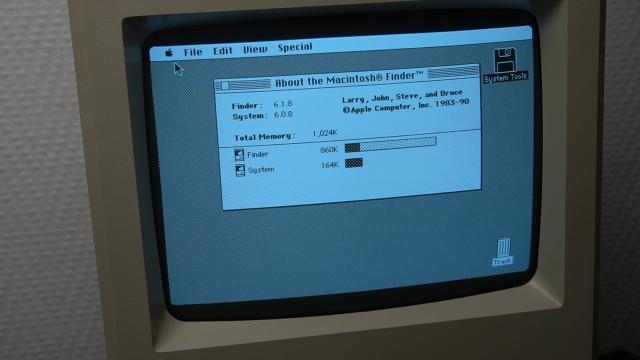

- #BLANK HARD DRIVE IMAGE MINI VMAC HOW TO#
- #BLANK HARD DRIVE IMAGE MINI VMAC INSTALL#
- #BLANK HARD DRIVE IMAGE MINI VMAC ZIP FILE#
- #BLANK HARD DRIVE IMAGE MINI VMAC ARCHIVE#
- #BLANK HARD DRIVE IMAGE MINI VMAC FULL#
Once I have everything setup the way I want on the volume image I can use Basilisk II to copy the contents of the volume image to a drive image if needed.īecause Mini VMac is already well documented on sites like Emaculation, I’m only going to describe the basics of how to setup Mini vMac and focus on how you can use it to add or remove files from the System 6.0.8 or System 7.5.5 bootable volume images available to download on my site. I mainly use Mini vMac for working with System 6.x and earlier Systems that aren’t supported by Basilisk II. You probably know what Mini vMac is, but if not, a quick summary: Mini vMac is an open source emulator of some 68k-based Macintosh computers that runs on Windows, OS X, Linux, FreeBSD, NetBSD, Open Indiana, Microsoft Windows Mobile, and some other platforms. This entry describes how you can edit my volume images on Windows 10 using Mini vMac (Mini vMac cannot read or modify drive images). Not sure which data protection, backup, and disaster recovery technologies are the best choice for your organization? Contact us to talk to a data protection expert.One of the most popular features of my site is my ready made System 6.0.8 or System 7.5.5 bootable images for use with 68k Macintosh systems. At the same time, its compression feature helps reduce storage demands so you can store images where it makes the most sense for your infrastructure. Other imaging benefits include its ability to be saved remotely.

You can overwrite one clone with another, but each clone “version” needs its own drive. That’s especially important if you fall victim to a ransomware attack or other data disaster and need to roll back to an earlier disk image.Ĭloning limits you to one copy per drive. Taking an incremental backup snapshot gives you the option to save multiple images without taking up a lot more space. When it comes to your backups, cloning is excellent for fast recovery, while imaging gives you more backup options. Disk Cloning: Pros and Consĭisk imaging and disk cloning both deliver benefits with some drawbacks. If a hard drive fails, you can quickly remove it and replace it with the cloned drive. Speed is one of the key advantages of cloning over disk imaging. Because disk clones are uncompressed, they can be immediately replicated to a target backup drive or the cloud, so you have an up-to-date, identical copy of your data. Disk Cloning: Uncompressed ReplicationĬloning creates an exact, uncompressed replica of your entire drive or specific partitions of your drive. And disk images can take up a lot of backup storage space.
#BLANK HARD DRIVE IMAGE MINI VMAC INSTALL#
Disk images also require that you open and install them on a new or existing drive using imaging software to restore and access your data-a time-consuming process.
#BLANK HARD DRIVE IMAGE MINI VMAC FULL#
While full images include everything on your source drive, differential images incrementally capture the data that has changed since the last full image was created, so only the latest changes are stored.īecause differential images don’t include all your drive data, they can’t be used to restore your drive. Image files are broken down into two types: full and differential. But they can be a lifesaver because you can granularly restore your data from them. These compressed files are still huge, so they are often saved to external drives or the cloud.

#BLANK HARD DRIVE IMAGE MINI VMAC ZIP FILE#
zip file although typically saved as an ISO file-and storing it on another drive.
#BLANK HARD DRIVE IMAGE MINI VMAC ARCHIVE#
So, how do they differ? Disk Imaging: Larger Files, Slower Restoresĭisk imaging is the process of creating a byte-by-byte archive of a hard drive, producing a compressed file of your drive-much like a. That includes all the data, files, software, master boot record, allocation table, and everything else you need to boot and run your operating system. Disk Imaging and Disk Cloning Definedĭisk imaging and disk cloning are often confused because both produce the same result-creating an exact record of your drive. So, let’s look at the features and benefits of these technologies. IT pros have used both for years, but some companies are entirely replacing cloning with imaging today. But you should understand the benefits and downsides of both technologies before choosing which to use and where it fits in with your IT infrastructure. Disk imaging and disk cloning both still have a place in today’s workflow.


 0 kommentar(er)
0 kommentar(er)
